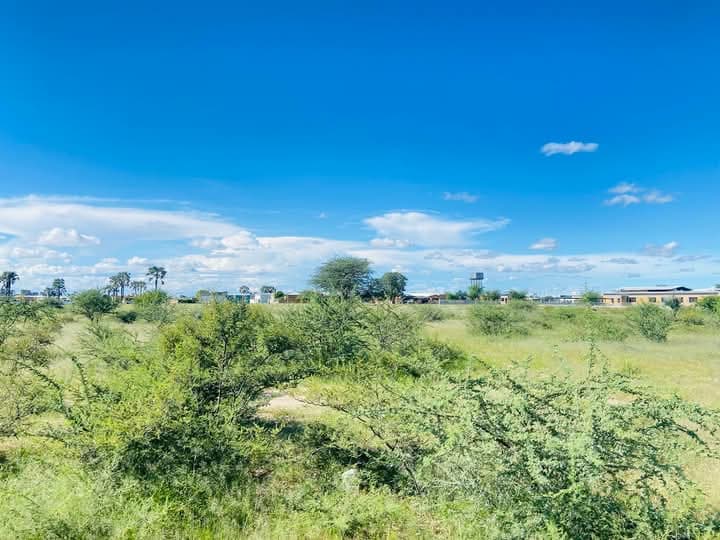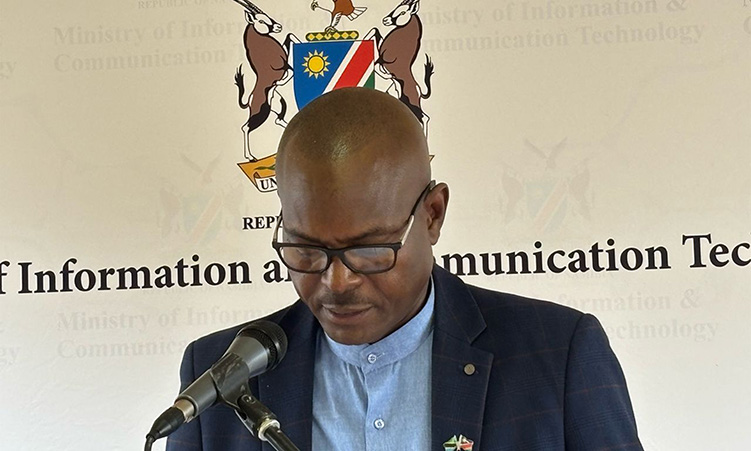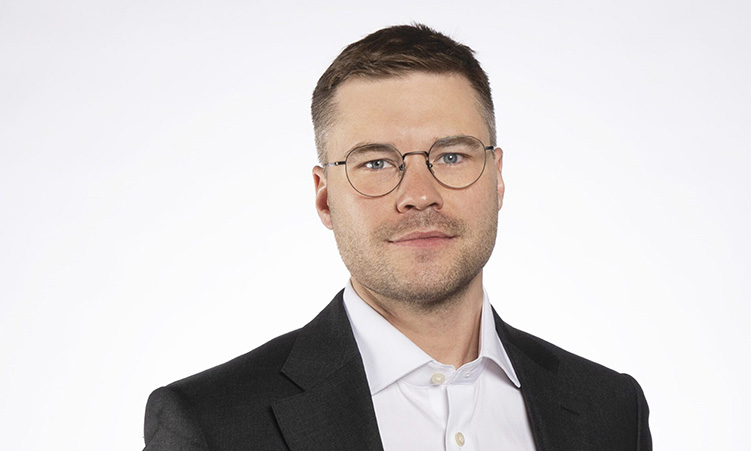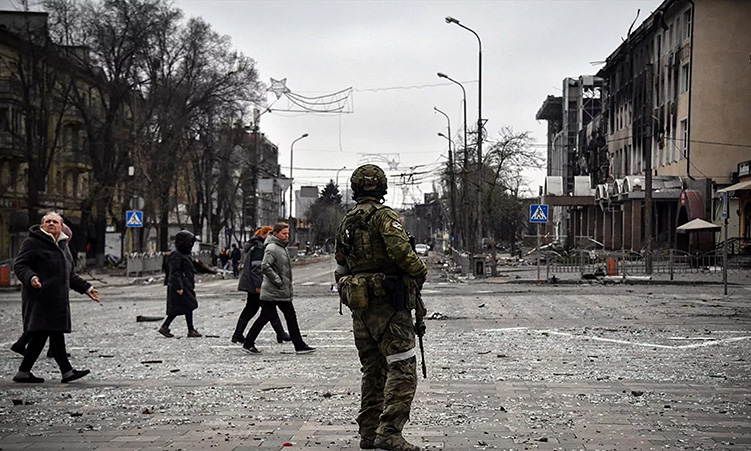KEETMANSHOOP – Agra Co-operative Limited hopes to sort between 65 000 and 70 000 karakul pelts for the Copenhagen pelt auction to be held on April 17.
The Manager of the Agra Pelt Centre, Wessel Visser, told Nampa in an interview on Monday that the co-operative has received an above- average supply of karakul pelts before the collection closed on Friday. Visser said that the excellent grazing conditions in most parts of the country last year resulted in a huge supply of karakul pelts.However, he noted that the downside of the exceptional grazing conditions was that the producers supplied a lot of long- and medium-haired pelts.Despite this, Visser said that he was extremely satisfied with the quantity of the prime shorter-haired pelts.The increase in longer- and medium-hair pelts is because of the good grazing conditions and the increase in the number of younger ewes that have lambed over the last few months.Visser said the demand for karakul pelts remains high in the international market while the prices are also very good.He added that a selection of Swakara pelts also continue to receive high reviews as they are increasingly showcased and advertised in leading fashion magazines in Europe and elsewhere.Visser said that about 20 local karakul pelt producers would be invited to attend the April auction in Copenhagen, Denmark, to gain first-hand experience of overseas market tendencies and to interact with Swakara clients.Only black and white pelts will be available for auction in April.Swakara offered and sold 42 170 black and 2 372 white karakul pelts at an auction held in September 2006 at the Danish capital.The black pelts were sold at an average price of N$503,66, with the highest fetching N$771,53, while the white pelts had an average selling price of N$597,25, with the highest going for N$806,94.In total, Swakara sold over 52 000 pelts at about N$25,8 million.Visser added that Karakul Board’s project of subsidising the purchase of karakul rams and ewes to improve the quality of breeding stock of communal farmers is still in place.But he said that the project does not have enough quality breeding ewes at the moment.He thus advised communal farmers who are interested in quality breeding stock owned by established commercial farmers to approach the board for assistance.The karakul pelt industry has been showing a remarkable improvement since 2002.Swakara sold in excess of 120 000 karakul pelts by September 2006 as compared to only about 90 000 in the 1990s.The rise in the price of karakul pelts is mainly attributed to the increasing demand in the Asian markets, mainly Russia and China.Brown and grey pelts will be on auction in September this year, together with white and black.The Namibian karakul industry is celebrating its centenary this year.NampaVisser said that the excellent grazing conditions in most parts of the country last year resulted in a huge supply of karakul pelts.However, he noted that the downside of the exceptional grazing conditions was that the producers supplied a lot of long- and medium-haired pelts.Despite this, Visser said that he was extremely satisfied with the quantity of the prime shorter-haired pelts.The increase in longer- and medium-hair pelts is because of the good grazing conditions and the increase in the number of younger ewes that have lambed over the last few months.Visser said the demand for karakul pelts remains high in the international market while the prices are also very good.He added that a selection of Swakara pelts also continue to receive high reviews as they are increasingly showcased and advertised in leading fashion magazines in Europe and elsewhere.Visser said that about 20 local karakul pelt producers would be invited to attend the April auction in Copenhagen, Denmark, to gain first-hand experience of overseas market tendencies and to interact with Swakara clients.Only black and white pelts will be available for auction in April.Swakara offered and sold 42 170 black and 2 372 white karakul pelts at an auction held in September 2006 at the Danish capital.The black pelts were sold at an average price of N$503,66, with the highest fetching N$771,53, while the white pelts had an average selling price of N$597,25, with the highest going for N$806,94.In total, Swakara sold over 52 000 pelts at about N$25,8 million.Visser added that Karakul Board’s project of subsidising the purchase of karakul rams and ewes to improve the quality of breeding stock of communal farmers is still in place.But he said that the project does not have enough quality breeding ewes at the moment.He thus advised communal farmers who are interested in quality breeding stock owned by established commercial farmers to approach the board for assistance.The karakul pelt industry has been showing a remarkable improvement since 2002.Swakara sold in excess of 120 000 karakul pelts by September 2006 as compared to only about 90 000 in the 1990s.The rise in the price of karakul pelts is mainly attributed to the increasing demand in the Asian markets, mainly Russia and China.Brown and grey pelts will be on auction in September this year, together with white and black.The Namibian karakul industry is celebrating its centenary this year.Nampa
Stay informed with The Namibian – your source for credible journalism. Get in-depth reporting and opinions for
only N$85 a month. Invest in journalism, invest in democracy –
Subscribe Now!










